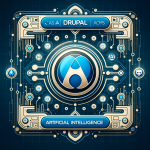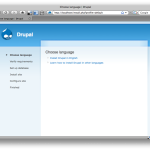Drupal analysis and design ideas
Drupal is a content management system that can be used to create websites and web applications. When analyzing and designing a Drupal project, there are a few key considerations to keep in mind:
-
Content modeling: Understand the types of content that will be used on the site and how they will be organized.
-
User roles and permissions: Determine the different types of users who will be accessing the site and what actions they should be able to perform.
-
Navigation and layout: Plan out the site's navigation and layout to ensure a consistent and intuitive user experience.
-
Performance and scalability: Consider the site's expected traffic and scalability needs, and design the architecture accordingly.
-
Accessibility: Ensure that the site is accessible to users with disabilities.
-
Security: Implement security measures to protect the site and its users from potential threats.
-
Customization: Identify any custom functionality or features that will be needed, and plan for how they will be implemented within the Drupal framework.
-
Responsive Design: Make sure that the design is responsive, meaning it should be able to adapt to different screen sizes and devices.
-
Third-party integrations: Consider any third-party services or tools that will need to be integrated with the site, such as social media or payment processors.
-
Usability Testing: Test the site with real users to identify any usability issues and make necessary changes.










